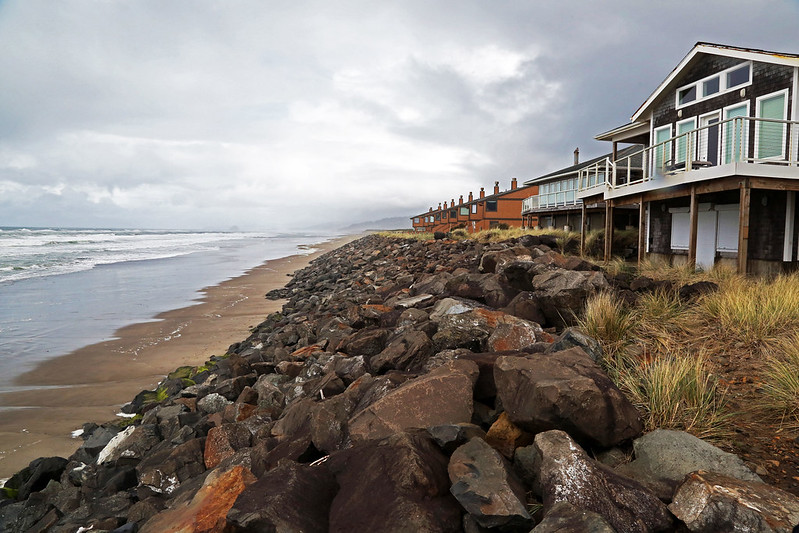The latest assessment issued today by the Oregon Climate Change Research Institute shows that although Oregon has continued to face new and long-term climate change threats, opportunities for adaptation and mitigation are expanding.
“In general, the qualitative climate projections haven’t changed appreciably,” said Erica Fleishman, director of the institute, which is housed at Oregon State University and is charged with producing the biennial assessment. “It is becoming hotter and an increasing proportion of precipitation is falling as rain rather than snow, which affects the availability of water.”
The review, the first after the June 2021 heat dome event that shattered temperature records and resulted in scores of heat-related deaths in the Pacific Northwest, predicts that the number and intensity of heat waves would certainly grow.
Read also: European winter heatwave fuels calls for climate change action
Between 2011 and 2020, Oregon experienced more days above 90 degrees and more nights exceeding 65 degrees than between 1951 and 2010. Droughts have increased in frequency, extent, and intensity during the last 20 years. The average total annual area burned in wildfires is increasing as aridity increases.
Glacier retreat has also intensified, with 20 of Oregon’s glaciers melting during the mid-late 1900s and no glaciers left in the Wallowa Mountains.
However, the assessment reveals that there are opportunities. For example, in the aftermath of the 2020 wildfires, which killed at least nine people and destroyed hundreds of homes, a survey of Oregonians revealed that 90% of participants had taken at least one personal action to prepare for future disasters, such as assembling an evacuation kit or signing up for emergency alerts. Respondents to the survey also expressed substantial support for programs that promote climate change adaptation and mitigation.
Adaptation initiatives are underway in coastal Oregon communities where infrastructure and buildings are threatened by sea level rise, flooding, and erosion. The observations of rain and snow by community scientists are helping to improve precipitation models. Visual artists are utilizing their work to educate and engage audiences in climate change issues.
“Regardless of their political views or personal identity, Oregonians care about each other and their environment,” Fleishman noted. “Our state’s residents are taking diverse actions to preserve livelihoods and well-being as climate changes.”
OCCRI is housed in the College of Earth, Ocean, and Atmospheric Sciences at Oregon State University. More than 60 OCCRI colleagues, including researchers from Oregon State University, Oregon Institute of Technology, Portland State University, University of Oregon, government labs and agencies, and tribal entities, contributed to the sixth Oregon Climate Assessment.
The sixth assessment contains a series of assessments of three important areas: the state of climate research, natural hazards related to climate change, and adaptive sectors. The report’s sections are based on peer-reviewed research.
Story was adapted from Oregon state university.
